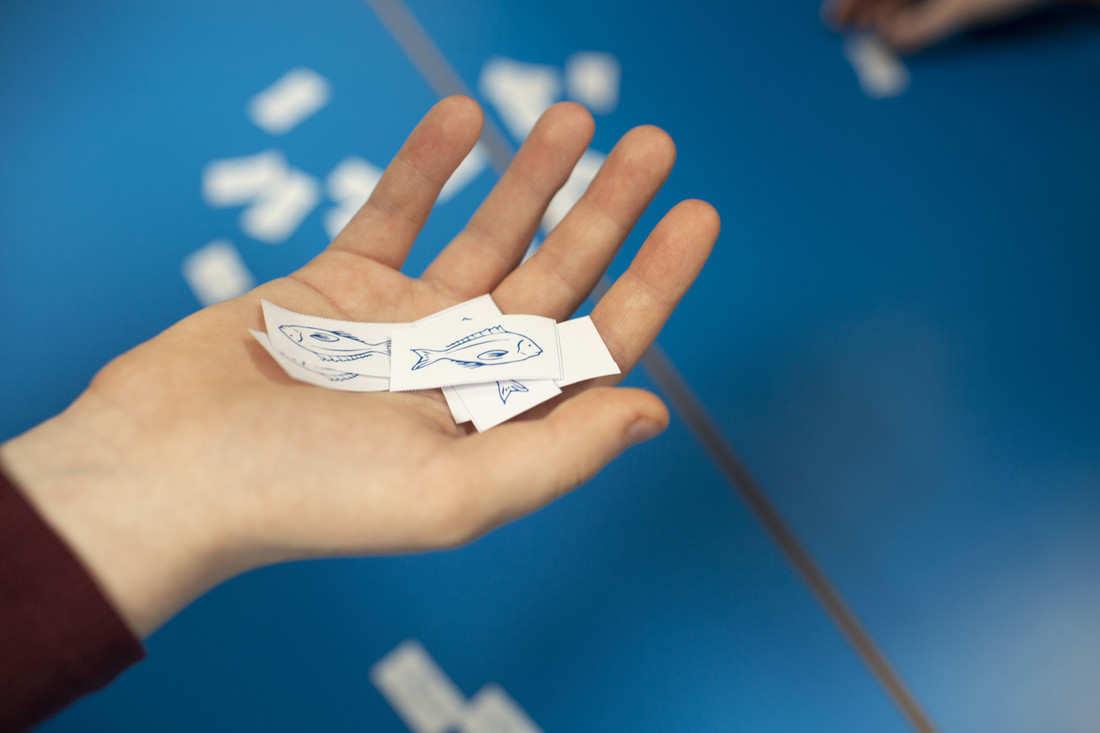The United Nations has an aim to create a new generation of ocean leaders by 2030. So how can we best promote Ocean Literacy? We spoke with Andrea Crawford, a Science teacher based in Tauranga in the Bay of Plenty.
How long have you been teaching and what are your areas of specialism?
I am a Science specialist and have taught all ages of students Science at primary, intermediate and secondary levels for about 15 years. My first degree was in NZ Ecology and Biology and before teaching I worked in the water and wastewater industry.
What tips do you have for other teachers wanting to teach about the ocean?
- Ask - The team at the MSC are great at suggesting content or directing me where to go.
- Share the learning experience - Using the wide range of Te Kawa O Tangaroa resources allowed me to learn alongside my students.
- Start locally - Teach one new thing that connects your students to your local area to bring a concept to life.
- Connect students to their environment - Ask students to share their experiences during class.
- Be positive - Show what people are already doing to make the world a better place.
- Small actions - Explain that collective action can create big change. We can all make a living and eat with our future in mind.
What special teaching moments illustrate how rewarding it can be to teach about the ocean?
I love it when students slow down, turn off their phones and look closely at things, using microscopes or magnifying glasses. Students then often ask if they can take their phones out to take close up images or videos of shells and shellfish to see and learn more, or to share with friends and family.
Why do you think it is important to teach about the ocean?
I think it is so important to teach students about the ocean to allow them to understand their place as kaitiaki, and to empower them to take some of these ideas home to move towards a more sustainable future.
What are the main issues facing the ocean?
Teenagers are always hungry! The idea that the future of seafood as we know it could be challenged due to overfishing resonates. Teaching about food chains helps students consider what happens if different species are removed and how we are all part of that food chain.
What does sustainable fishing mean and why is it relevant here in Aotearoa New Zealand?
Sustainable fishing means being able to allow our children and grandchildren to enjoy our kaimoana. It protects traditions and cultural practices and provides income to our coastal communities. By looking at new technologies, overseas examples, and Mātauranga Māori we can understand ways to ensure sustainable fishing around our coastlines.
What do students find most surprising when learning about the ocean?
Students love the weird and wonderful stories and images of the strange creatures at the bottom of the ocean. I get students looking down microscopes to realise there is much more to seawater than just salt. They can see the phytoplankton and zooplankton that form the base of our food chain.
What resources have you found useful for learning about the ocean?
Te Kawa O Tangaroa, from the Marine Stewardship Council, have a fantastic range of free resources including unit/topic plans, activities and quizzes. The resources include a great overview, NZC connections and convey many positive messages about how people are working to ensure an ocean teeming with life.



.tmb-labelhome.png?Culture=en-AU&sfvrsn=df4a49be_1)